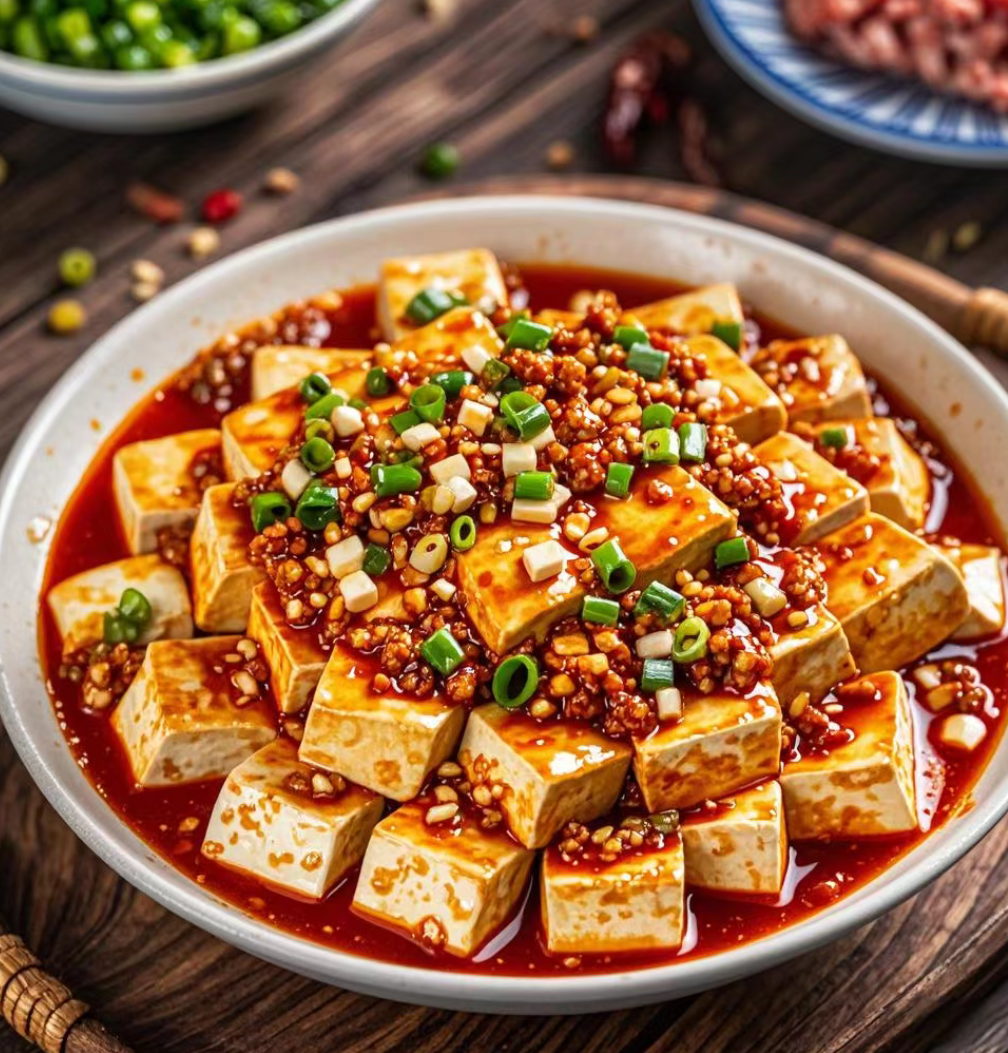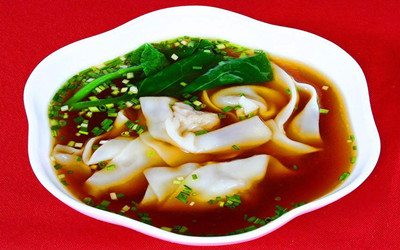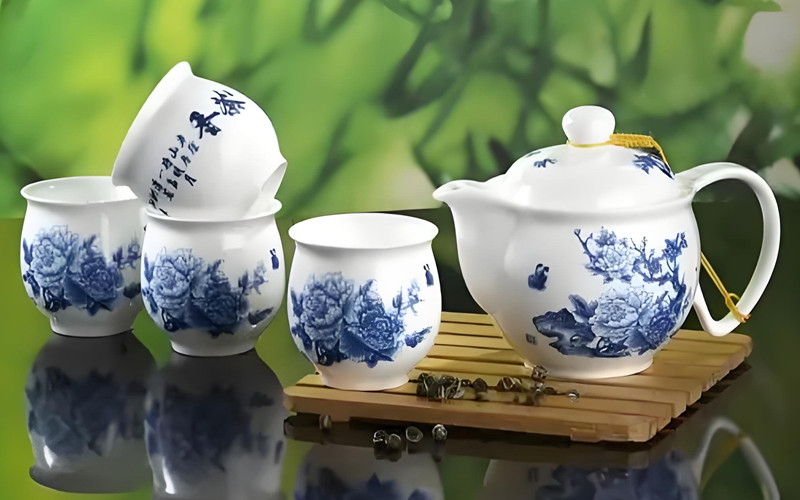
Mapo Tofu, also known as Chen Mapo Tofu, is one of the traditional famous dishes of the Han nationality in Sichuan and one of the eight major Chinese cuisines. Mapo tofu is bright red in color and crisp in beef, with Sichuan flavor.
2024/12/01

Chaoshou is a special name for Wonton in Sichuan. Longchao Shou is a very famous snack in Chengdu. It has thin skin, tender filling, smooth and fragrant texture, thick soup and white color, making it one of the best snacks in Chengdu.
2024/12/01

Jinniu Wanda Plaza project covers a total area of over 200 acres, with a total volume of 1.12 million square meters. Its scale is twice that of Chunxi Road and three times that of Jinhua Wanda Plaza. It is currently the largest and highest grade flagship urban complex in Southwest China.
2024/12/01

MIXC Chengdu 成都万象城 is a high-quality commercial real estate brand of China Resources Land. The total construction area of MIXC in Shenzhen is 188000 square meters, and it began trial operation on December 9, 2004.
2024/12/01

Sino-Ocean Taikoo Li is one of the fashion landmarks in Chengdu City, located near Chunxi Road and backed by Daci Temple. It is an open area that integrates shopping, food, and leisure entertainment.
2024/12/01

Qunguang Square, located on the left side of Zhongshan Square, is one of the top shopping areas in Chengdu City, captal of Sichuan Province, in southwest China. Wiith a total of 9 floors, Qunguang Square is a must-see place for most tourists while they visit Chengdu.
2024/12/01

IFC Chengdu, also Chengdu Jiulongcang International Financial Center, is located south of Daci Road, east of Hongxing Road, north of Jiangnan Guan Street, and west of Shamao Street, with a net land area of 82 acres and a total construction area of 760000 square meters.
2024/12/01

Giant Panda Doll is one of the top souvenirs of Chengdu.Giant panda dolls, as a unique souvenir of Chengdu, have become a must-have for tourists. These dolls are exquisitely crafted and come in various shapes, some holding bamboo while others sit leisurely, each lifelike.
2024/12/01

Chengdu, known as the "capital of tea houses", has tea houses scattered throughout the streets and alleys. You can choose a beautiful tea set and some high-quality tea leaves to take home, and you can also enjoy the pleasure of drinking tea at home. Meanwhile, tea sets and tea leaves are also excellent gifts for family and friends, allowing them to experience the leisure and comfort of Chengdu while sipping tea.
2024/12/01

Chengdu Tianfu Square is located in the center of Chengdu City, and it is a landmark and symbol of Chengdu. Its status is similar to that of Tiananmen Square in Beijing. Tianfu Square is also a transportation hub in Chengdu, where subway lines 1 and 2 can be transferred.
2024/12/02